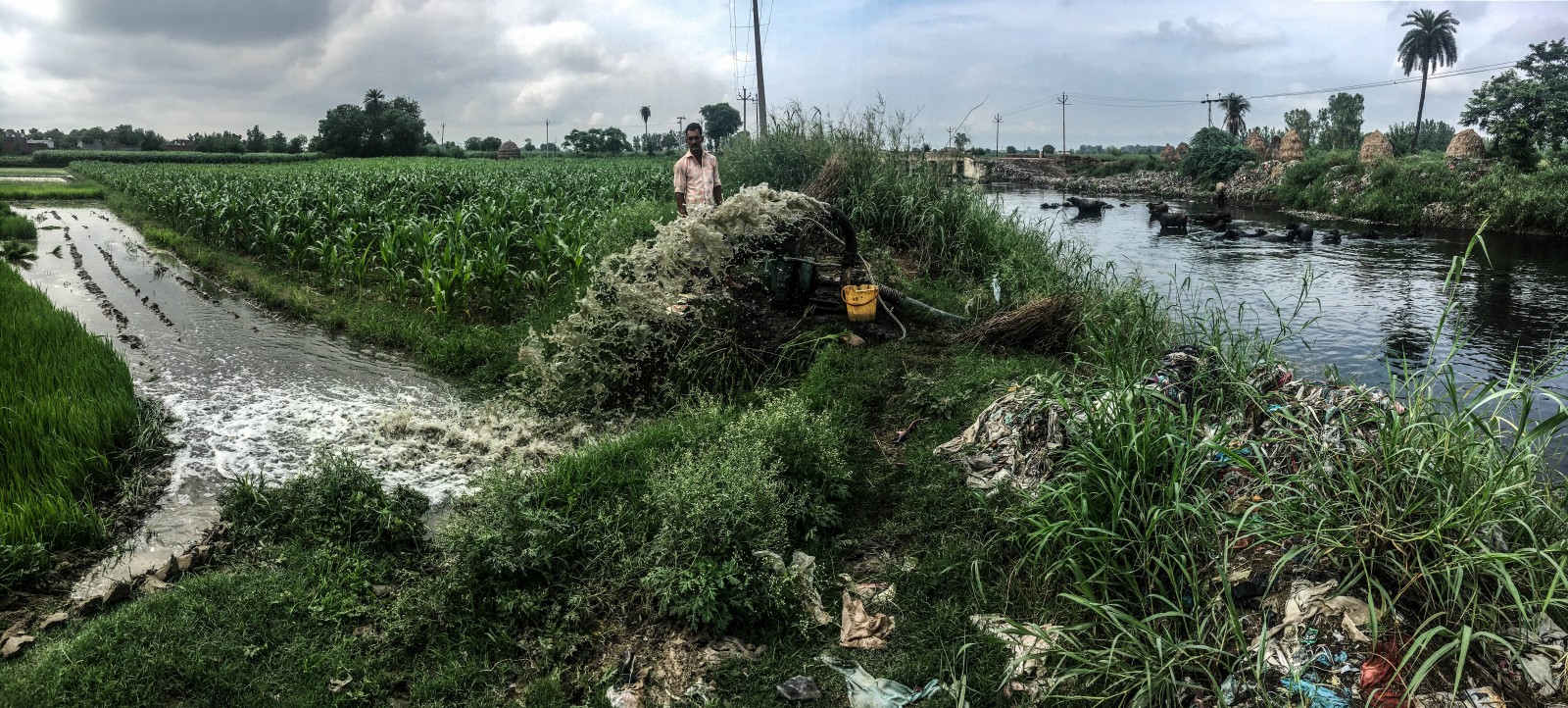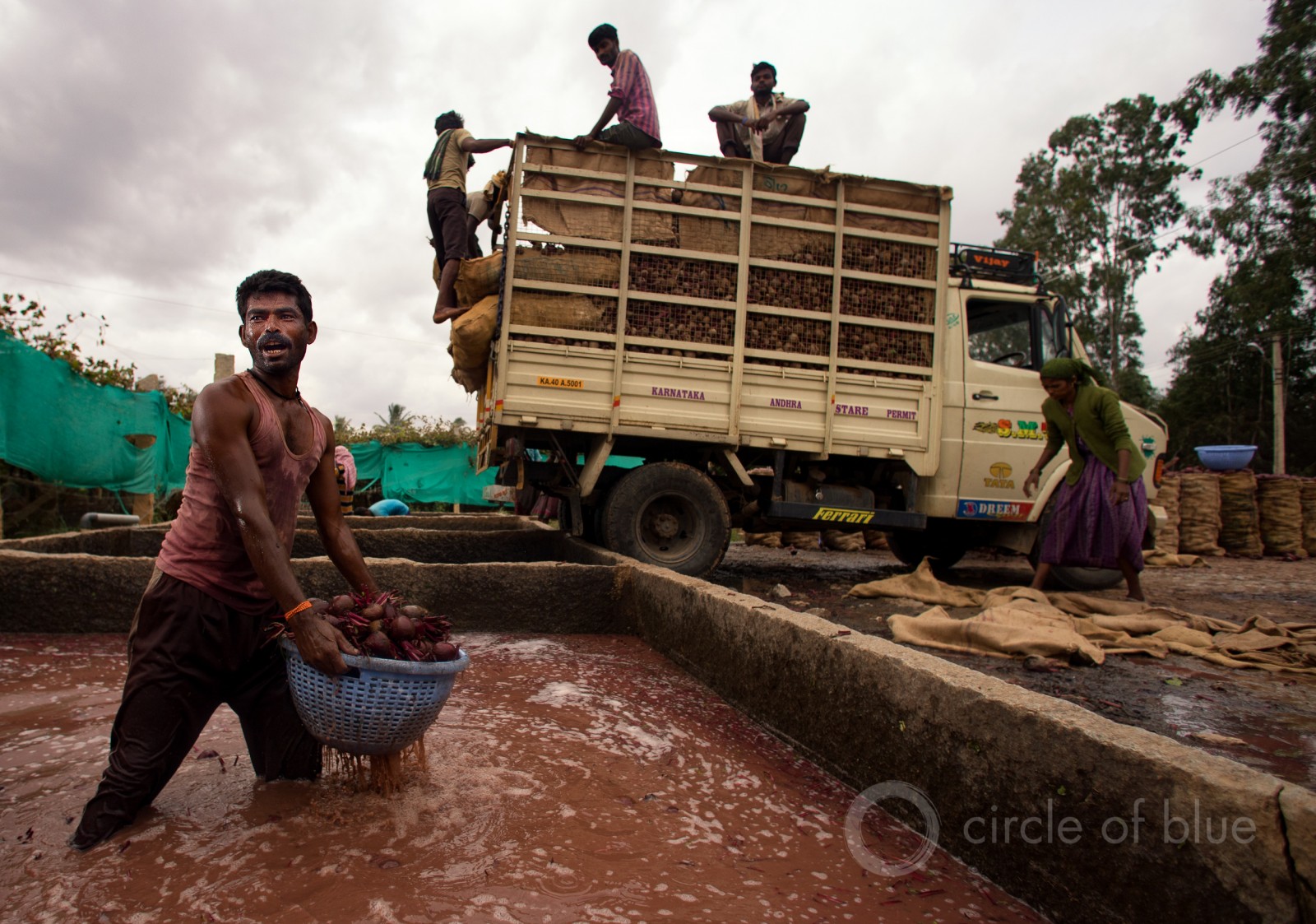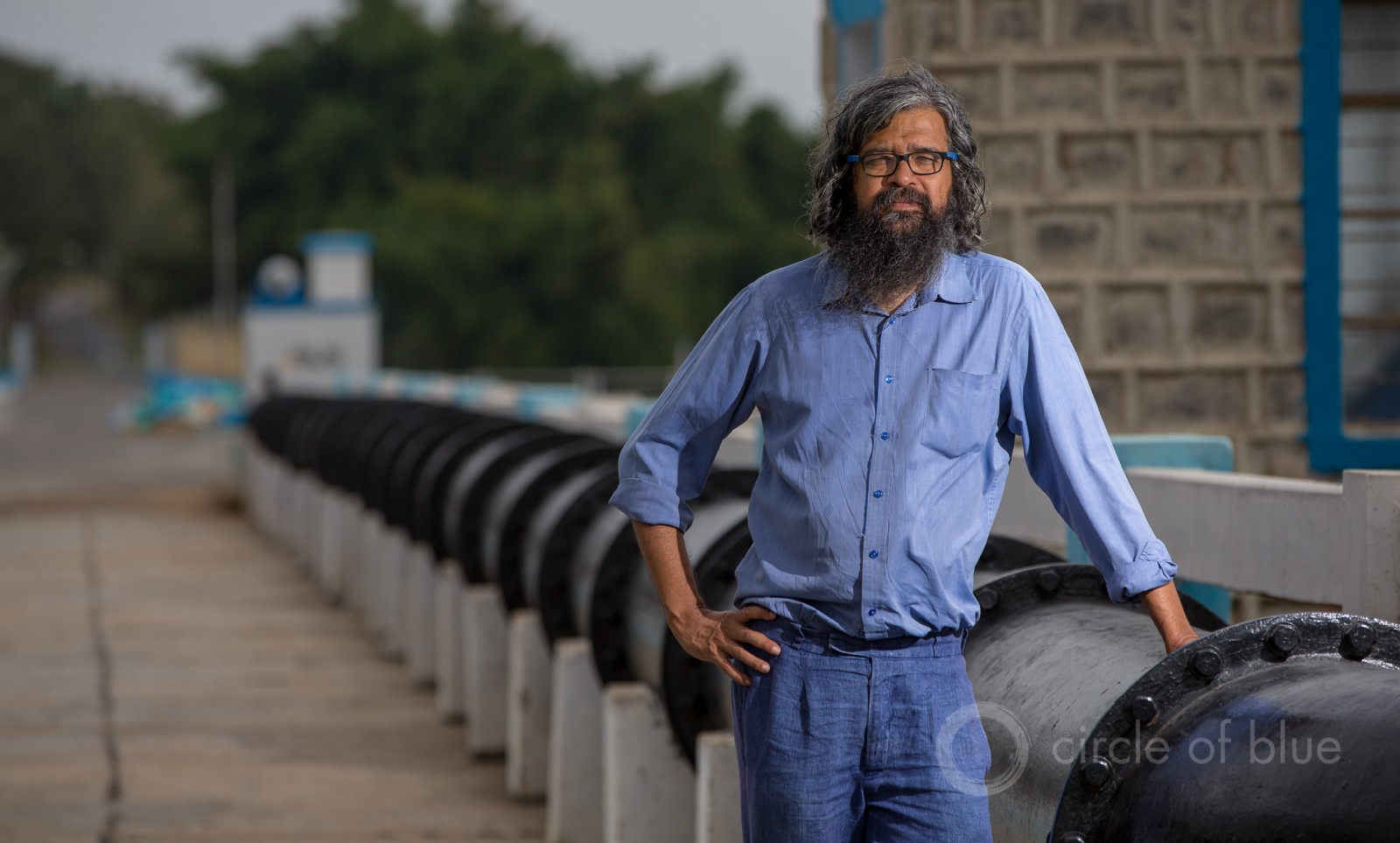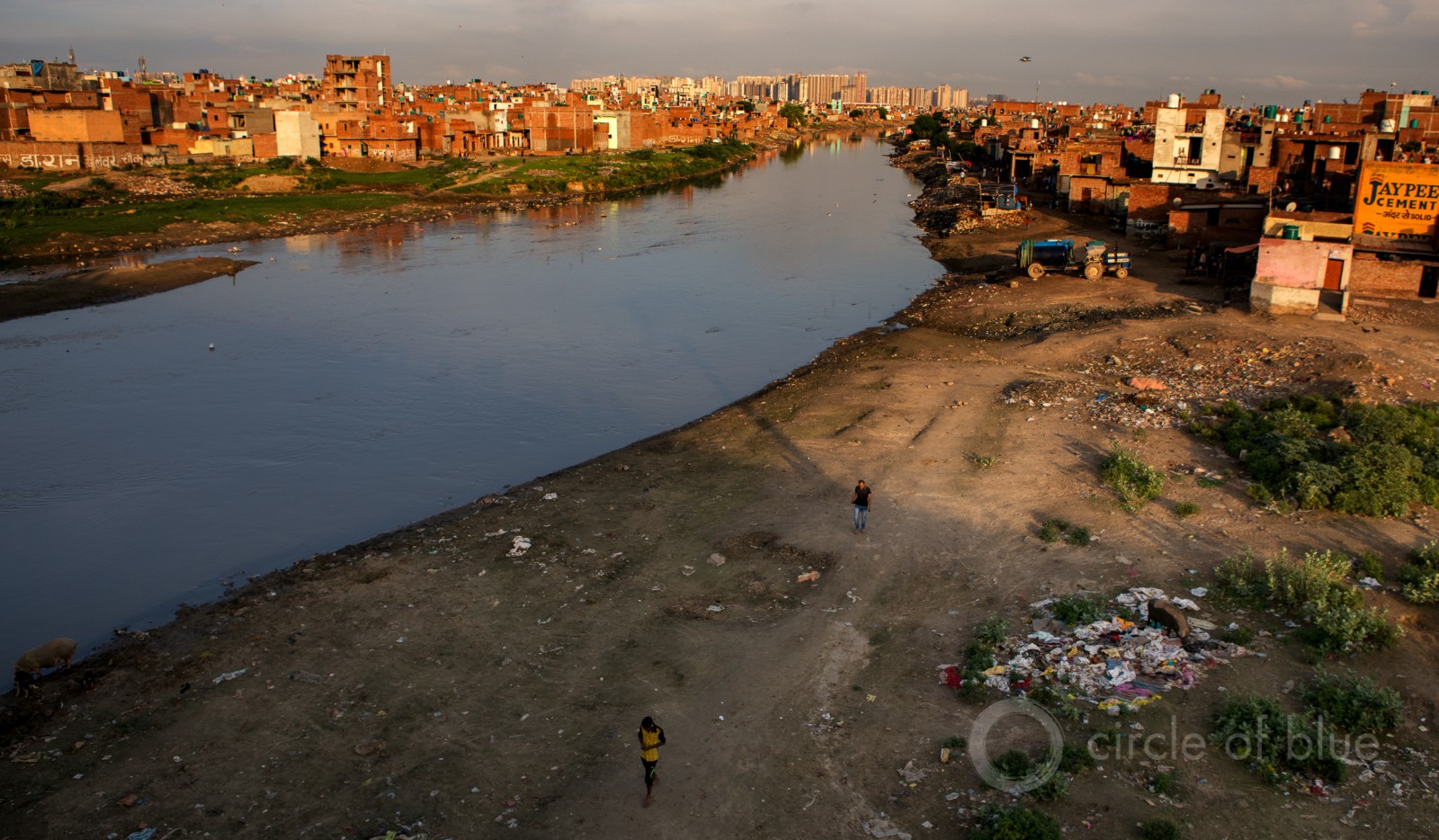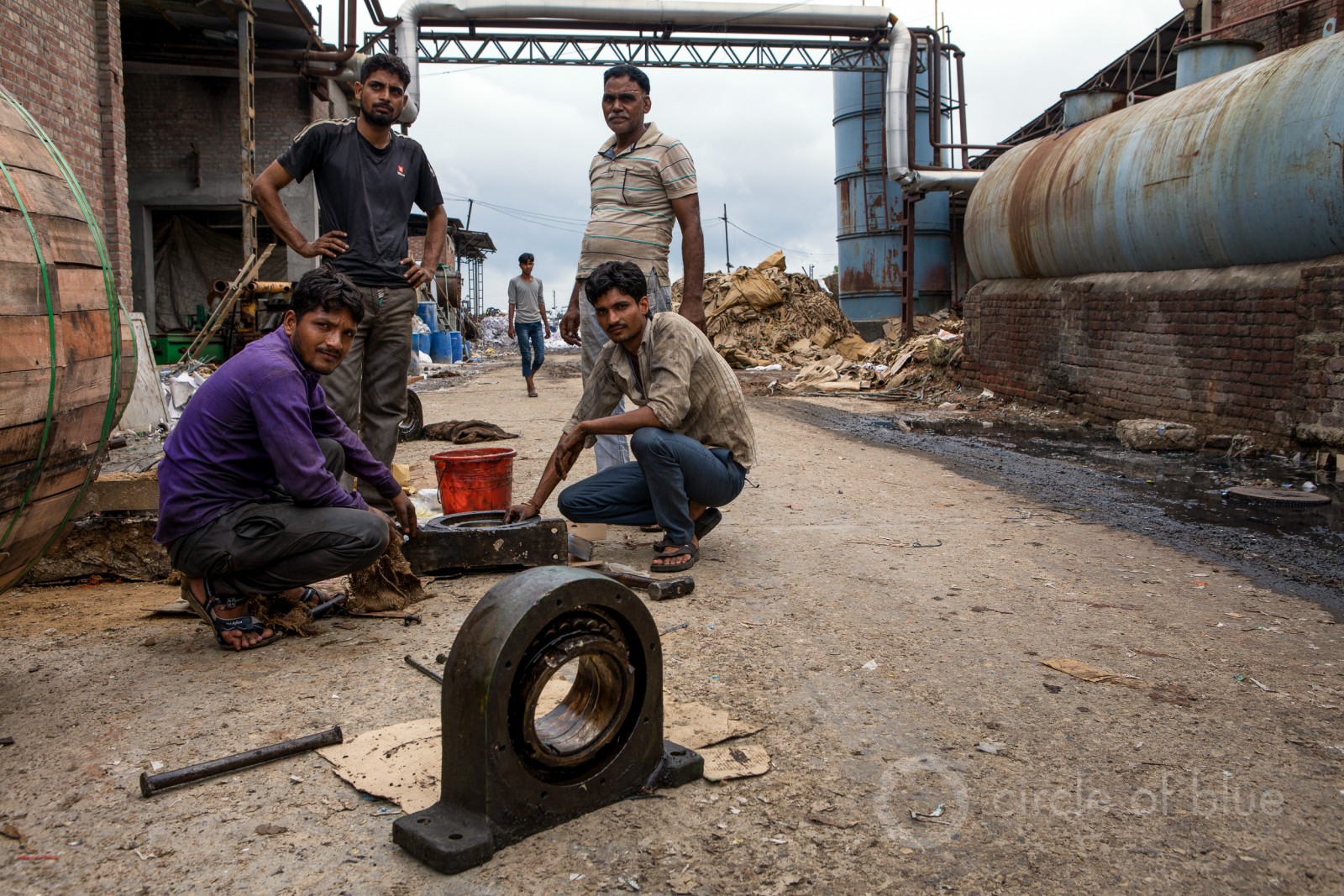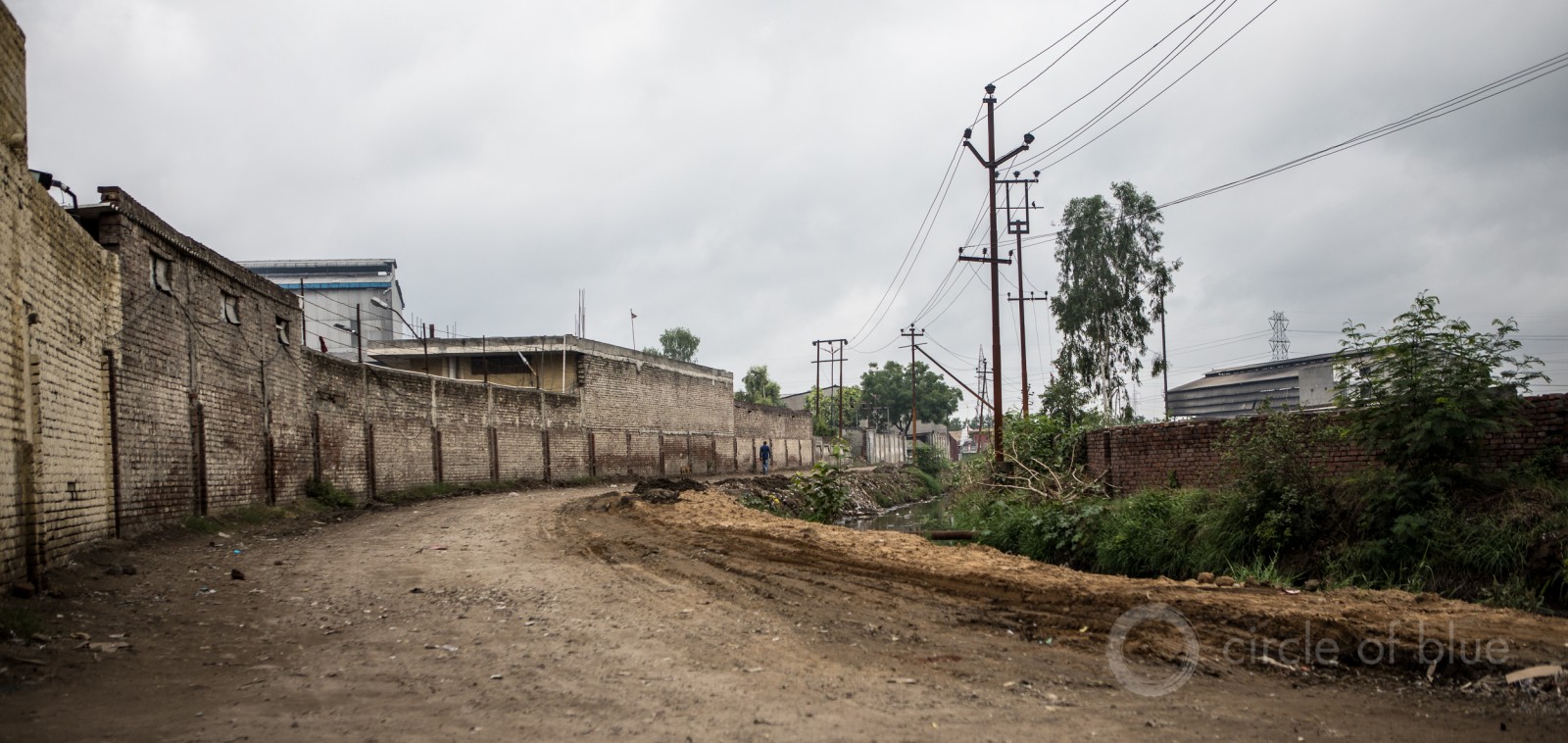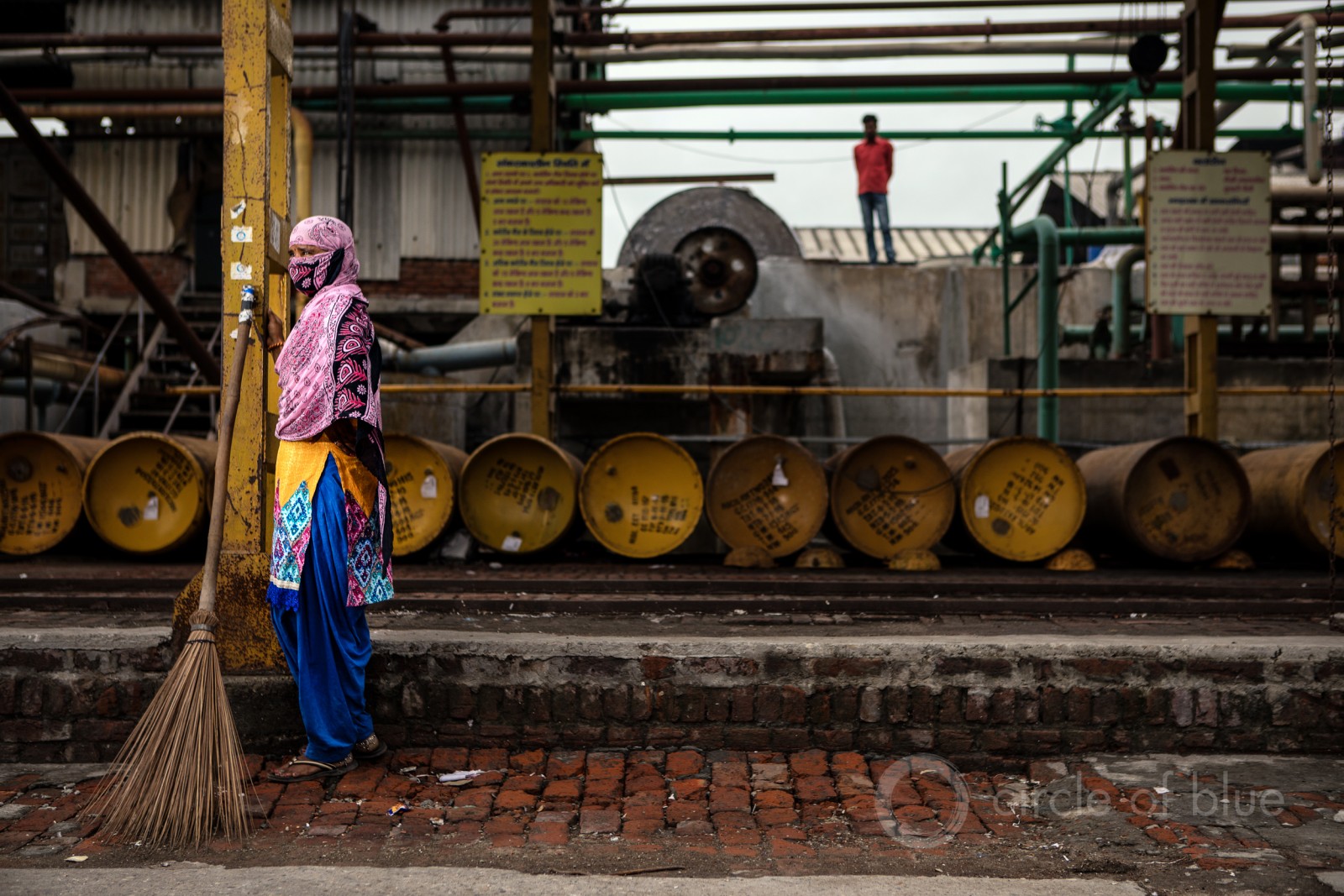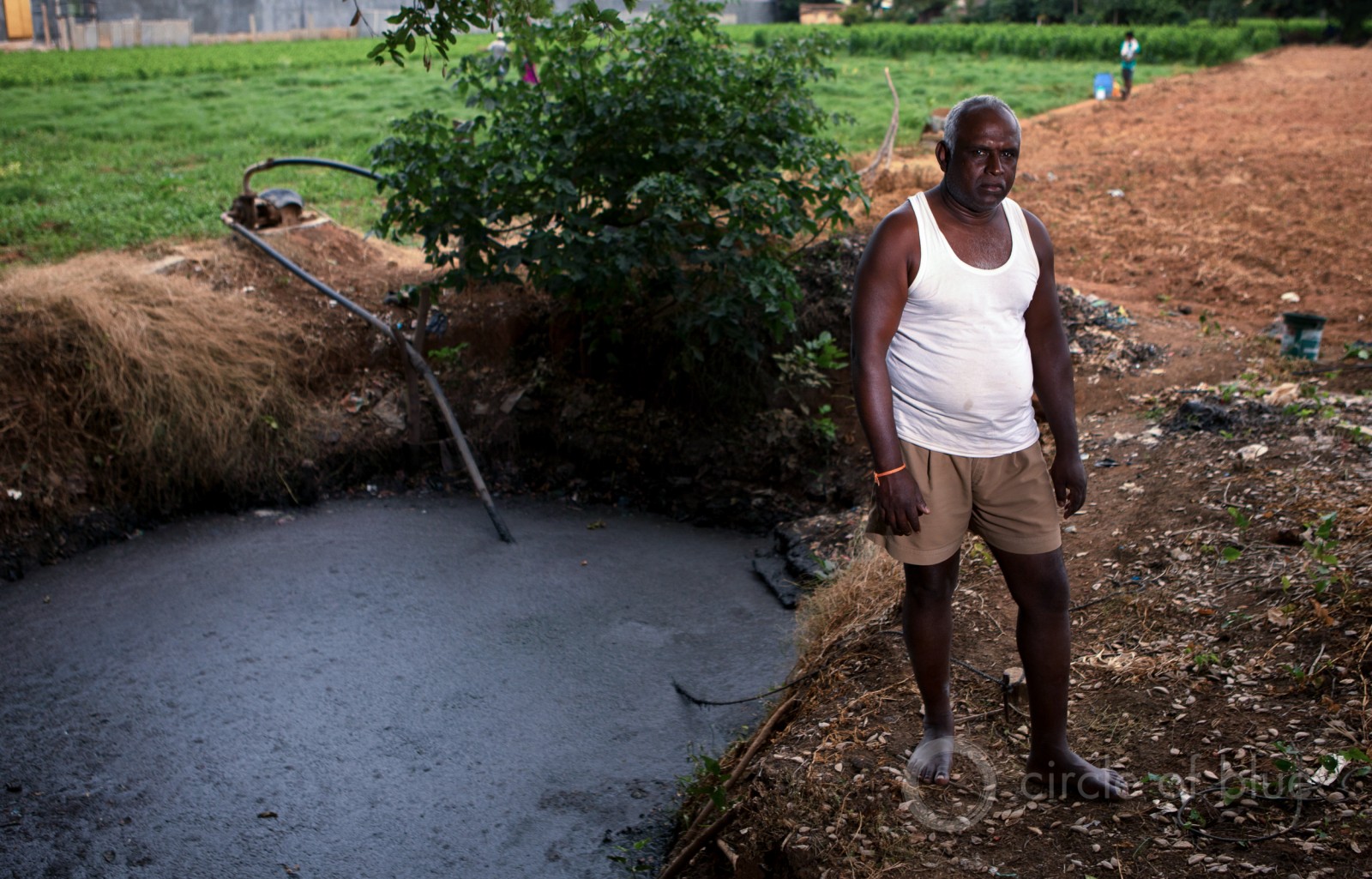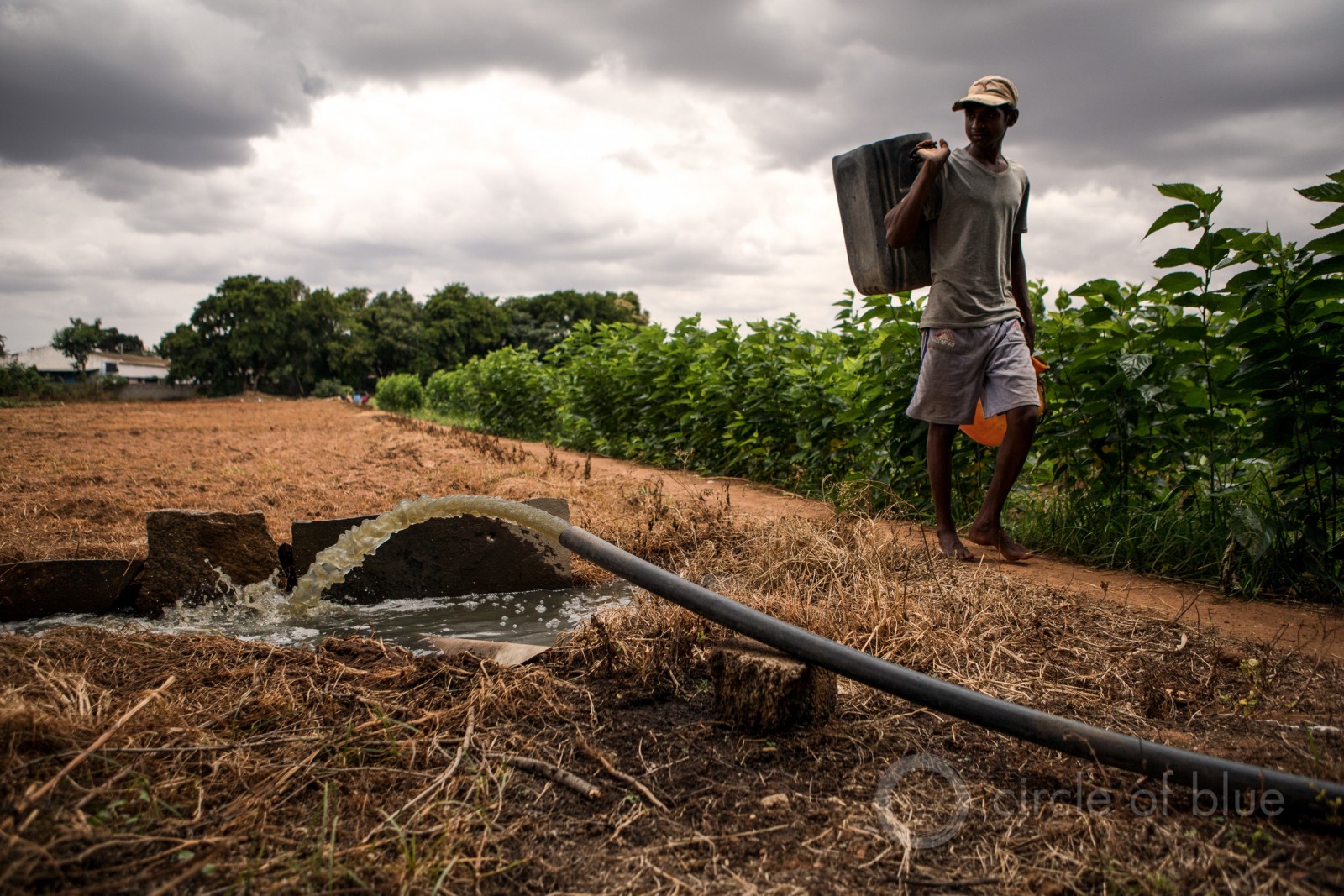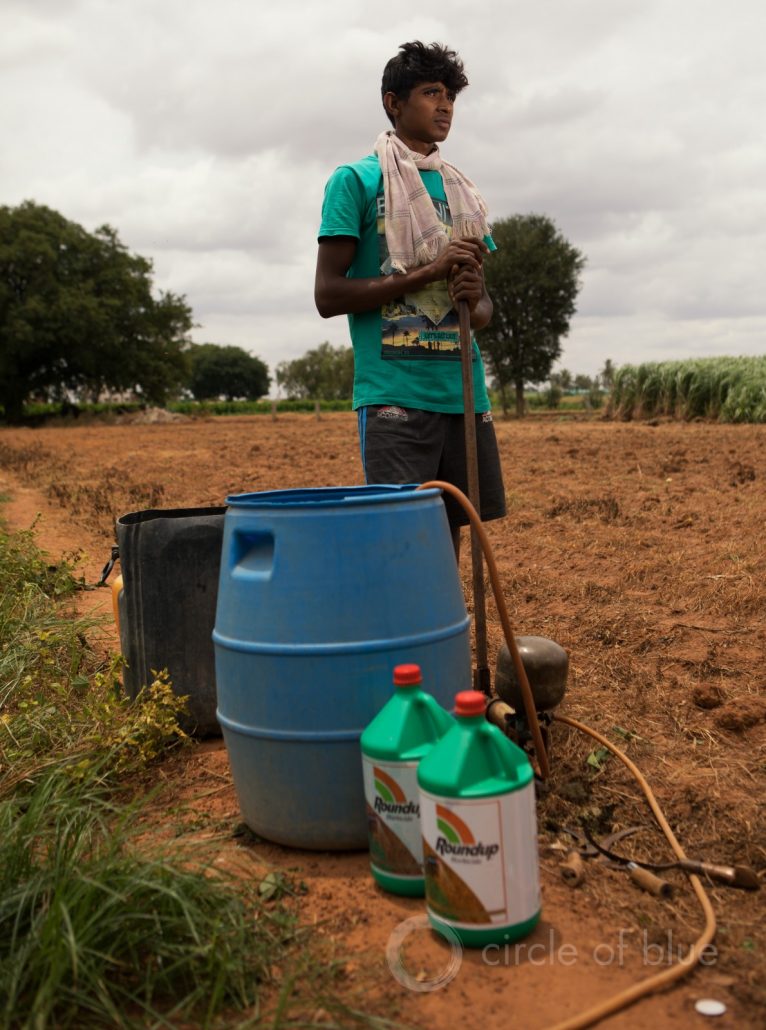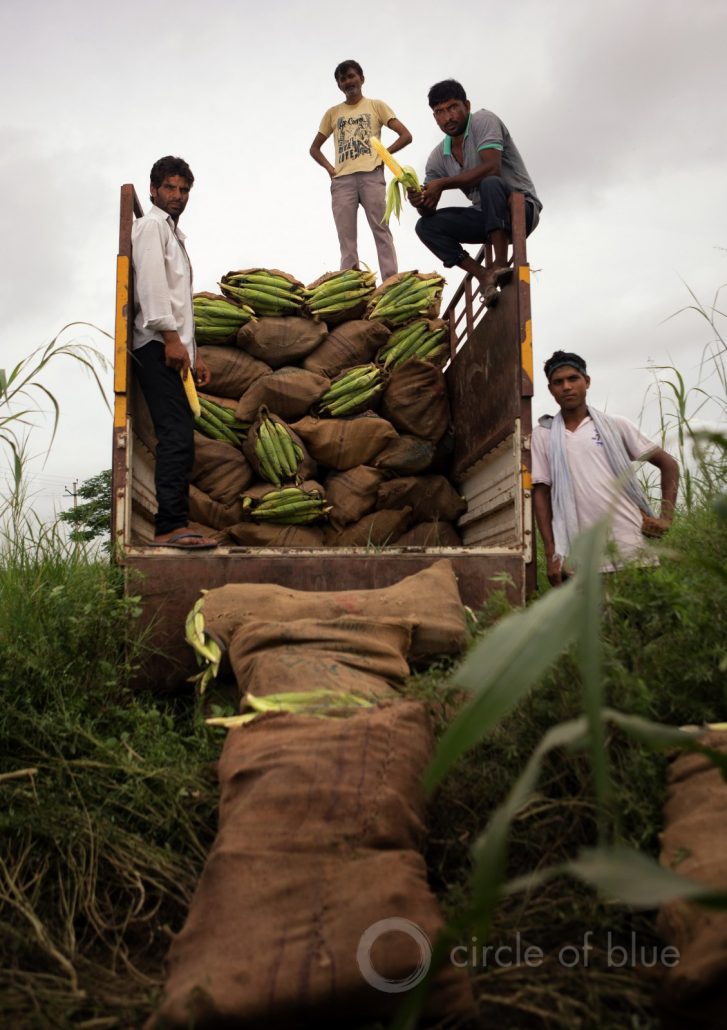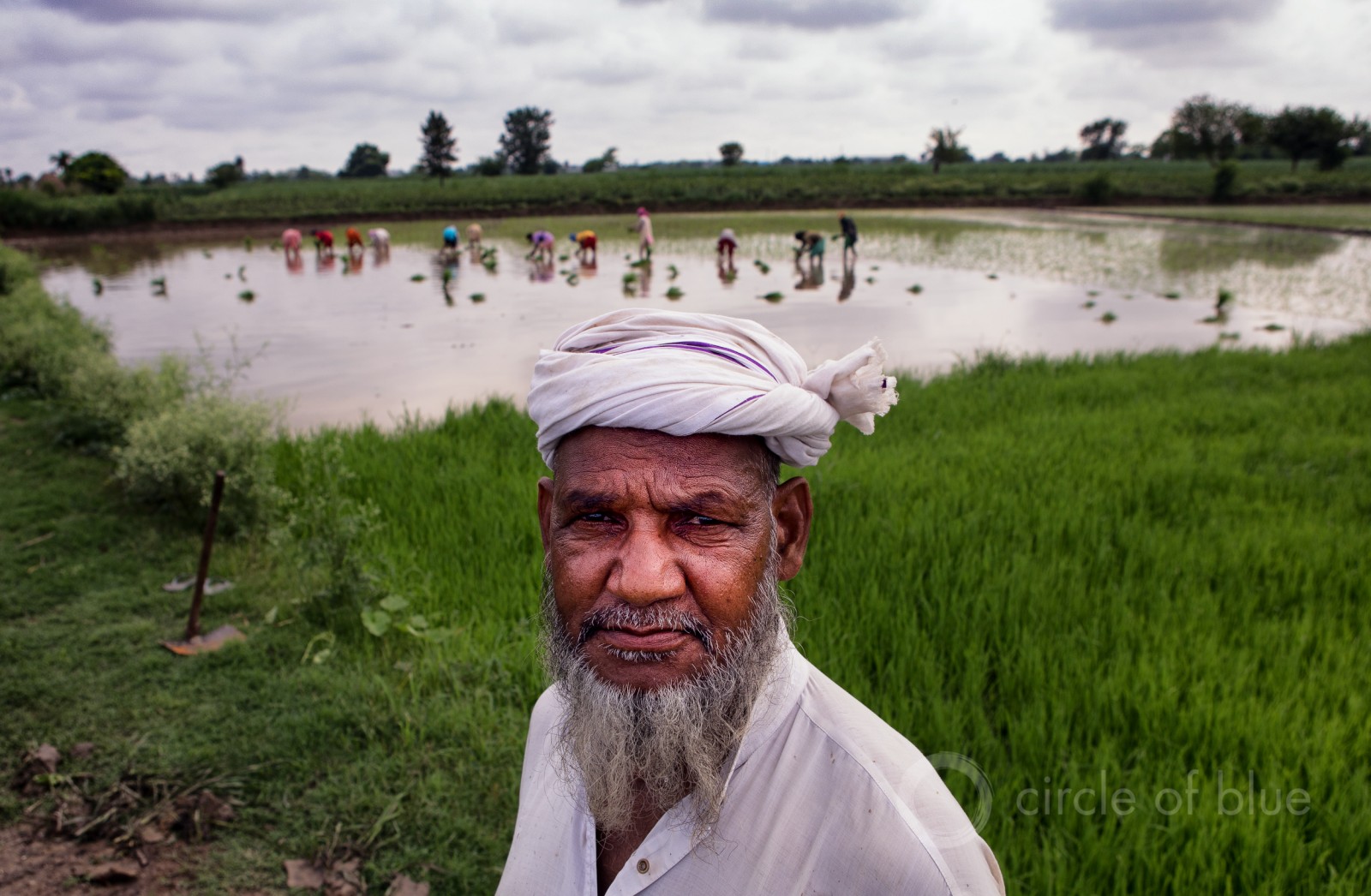Heavy Metals Through Untreated Wastewater
It is well-documented in the scientific literature that water used for irrigation containing heavy metals is a crucial pathway for the toxic chemicals to enter the food supply chain and be absorbed by consumers. Various studies have shown that long-term irrigation with wastewater results in a build-up of heavy metals in the soil – even if the concentrations in the wastewater are low. That, in turn, results in toxicity to plants and food contamination. Metals also accumulate in the body, increasing in concentration over time, which can result in cancers, genetic mutations, and malnutrition.
Despite the scientifically proven pathways for contamination, and the prevalence of wastewater-irrigated agriculture, surprisingly few raw food sample tests have been conducted across India.
As part of a research project from 2000 to 2003, the UK Department for International Development tested heavy metal contamination in spinach from various markets in Delhi, including the wholesale market in Azadpur. Every sample exceeded the U.N. Food and Agriculture Organization’s international CODEX safety standard for lead. Nearly three quarters of the samples – 73 percent — were found to exceed accepted PFA global public health safety standards for lead. Almost a quarter – 24 percent — contained twice the PFA standard. A fifth of the samples also had markedly elevated levels of zinc.
In a 2015 study, a team of Indian researchers assessed residues of cadmium, lead, zinc, and copper in vegetables in five markets in Delhi. They found that a significant proportion of vegetables contained levels of zinc, lead, and cadmium above safe concentrations.
In a third assessment, of 22 varieties of vegetables grown in the Delhi region, researchers found nickel and lead concentrations in excess of permissible limits.
Similarly, in Bengaluru, food samples from various markets showed that all tested food – including fruits/curd, root vegetables, and leafy vegetables – had at least one heavy metal residue that exceeded the Indian Food Standard. When applying international standards on food safety, the picture becomes even bleaker. Most samples exceeded all international thresholds for analysed heavy metal content.
In 2012, The Energy and Resources Institute (TERI), based in Delhi and one of India’s most renowned research organizations, assessed the health risks from eating crops grown on the banks of the Yamuna River, a tributary of the Ganga that flows through New Delhi. It found that the agricultural soil along the Yamuna contained levels of nickel, manganese, lead, and mercury above international standards. Treated and untreated wastewater discharged to the river was identified as the source.
TERI also found that vegetables grown in the Yamuna flood plain – a 22-kilometer (14-mile) stretch – had higher levels of heavy metals. TERI tested urine and blood samples from women and children in that area and found significantly higher levels of mercury, chromium, and lead than those of the rural population. Most strikingly, 23 percent of sampled children had blood lead levels above 10 micrograms per deciliter, a widely accepted international safety limit.
